Description
| Spec | Meaning / Importance |
|---|---|
| Wavelength(s) (e.g. 1310 nm, 1550 nm) | These are the test wavelengths used; standard telecom fibers are commonly measured at these wavelengths |
| Dynamic range (in dB) | How much loss the device can “see” over distance — higher is better for long fibers |
| Event dead/blanking zone | The distance after a reflective event where the OTDR cannot detect another event (a “blind” region) |
| Attenuation (loss) accuracy | How precisely it measures loss (e.g. ±0.2 dB) |
| Distance accuracy / resolution | Precision with which it can locate faults/splices (often ±(some offset + proportional term)) |
| Pulse width | Different pulse durations allow tradeoff between resolution and measurement range |
| Connector interfaces / adapters | What types of fiber connectors (FC, SC, LC, etc.) it supports |
| Display, storage, user interface | Screen size, internal memory, external storage (SD card), software output formats |
| Battery / power | Battery life, type (Li-ion etc.), charging time |
| Operating conditions & durability | Temperature range, shock / drop protection, humidity, etc. |
What we do know / guess about WL 1000 OTDR
From the reference I found:
-
The unit is referred to as “WL 1000 OTDR Multi Field Tester” with fiber testing and “advanced field performance.
-
But unfortunately, that post contains only a general description (not detailed specs).
If “Noval WL-1000” is the same or very similar to “WL 1000”, your unit might have these typical features (as often found in such portable OTDRs):
-
Dual wavelength (1310/1550 nm)
-
Reasonable dynamic range (20–30 dB)
-
Some “dead zone” / event blind zone of a few meters
-
Support for common connector types (FC/SC/LC)
-
LCD (color or grayscale), possibly touchscreen or buttons
-
Internal memory + external (SD) card
-
Rechargeable battery for field use
-
Rugged housing
WhatsApp For confirm Pricing and stock availability.


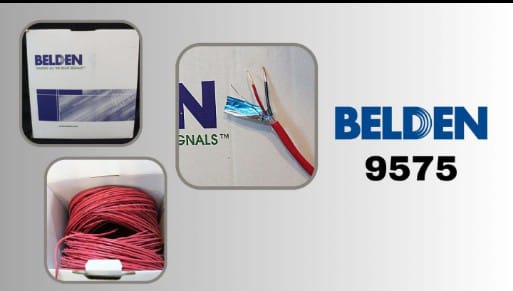
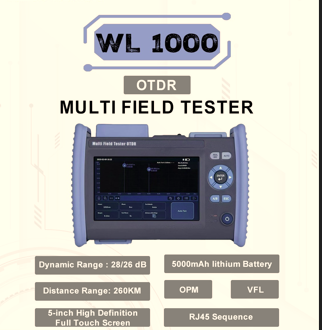
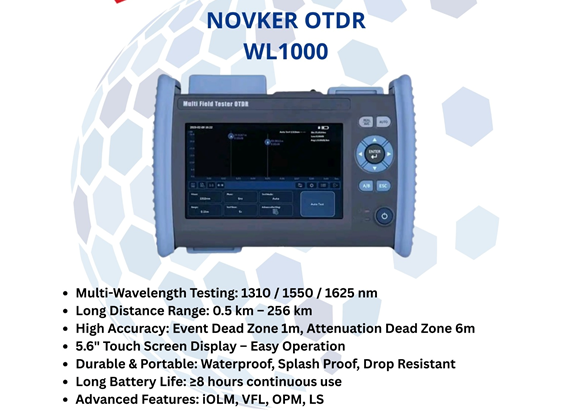
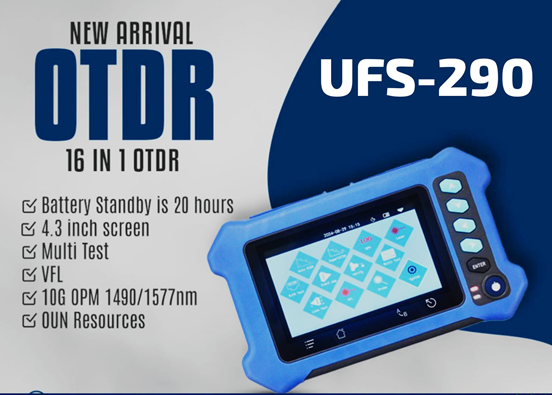
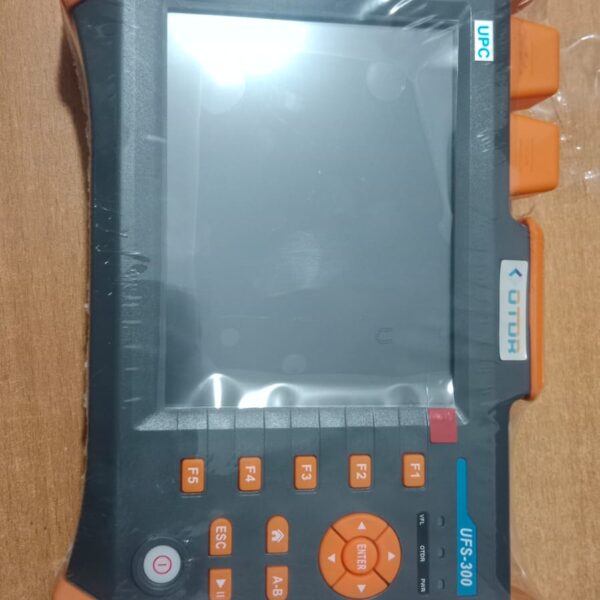
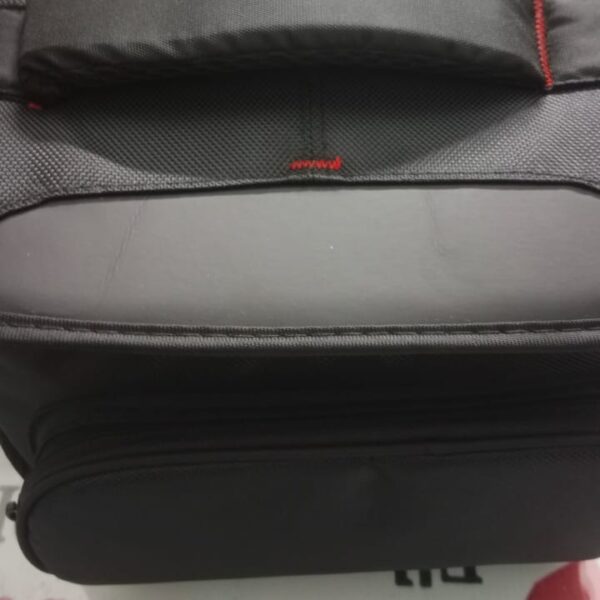
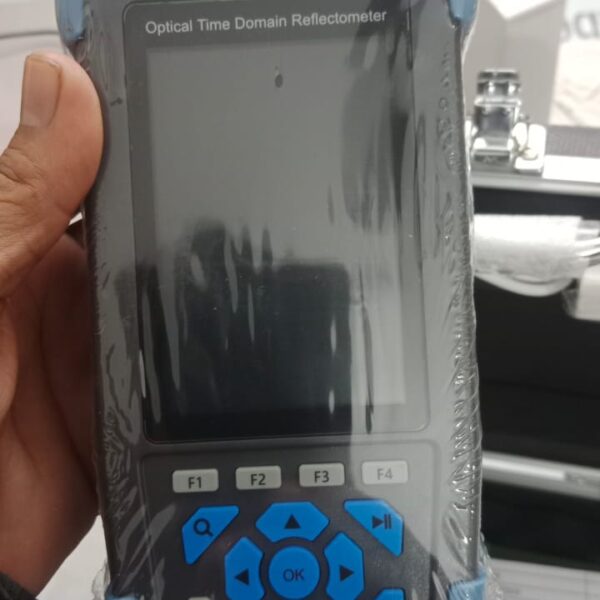
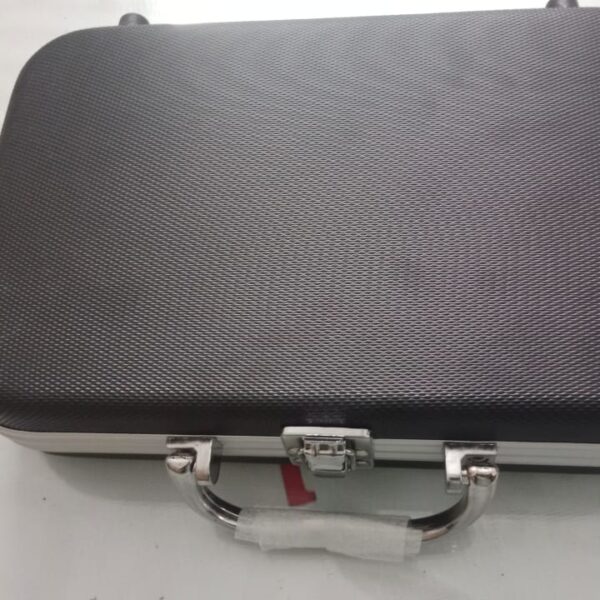
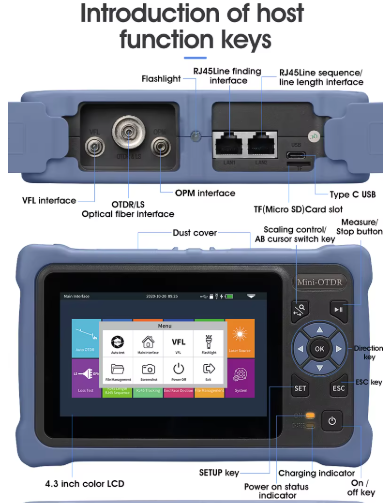
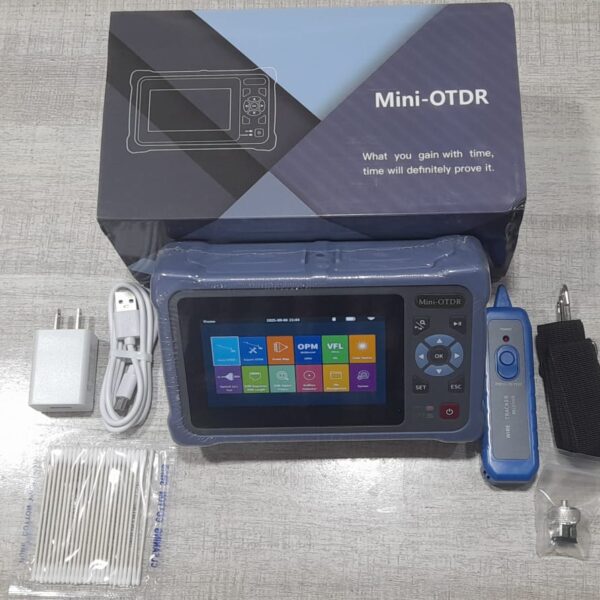
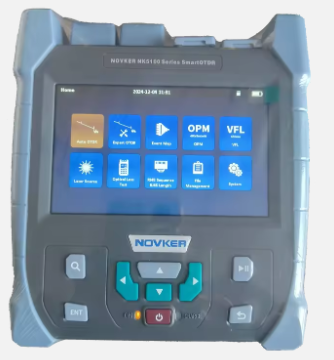
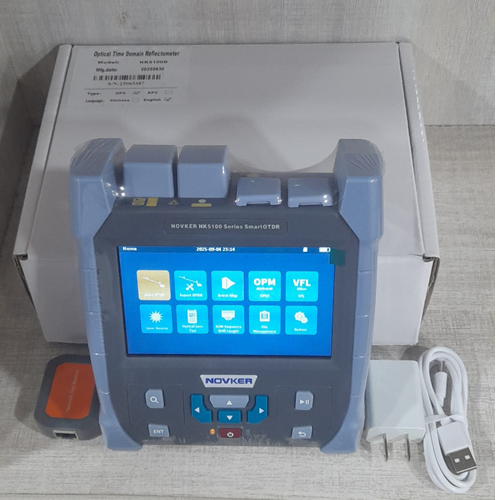
Reviews
There are no reviews yet.